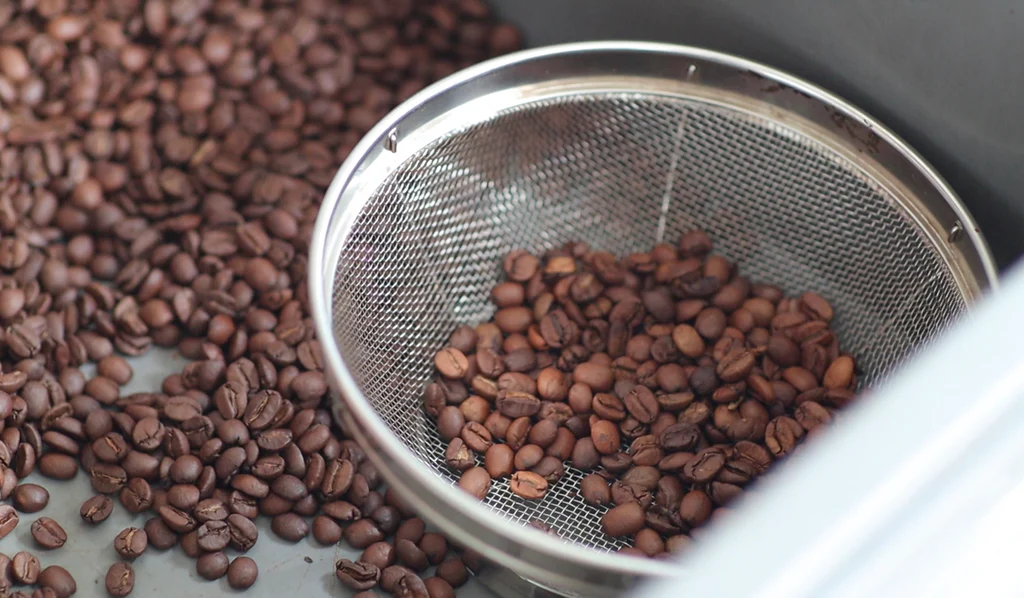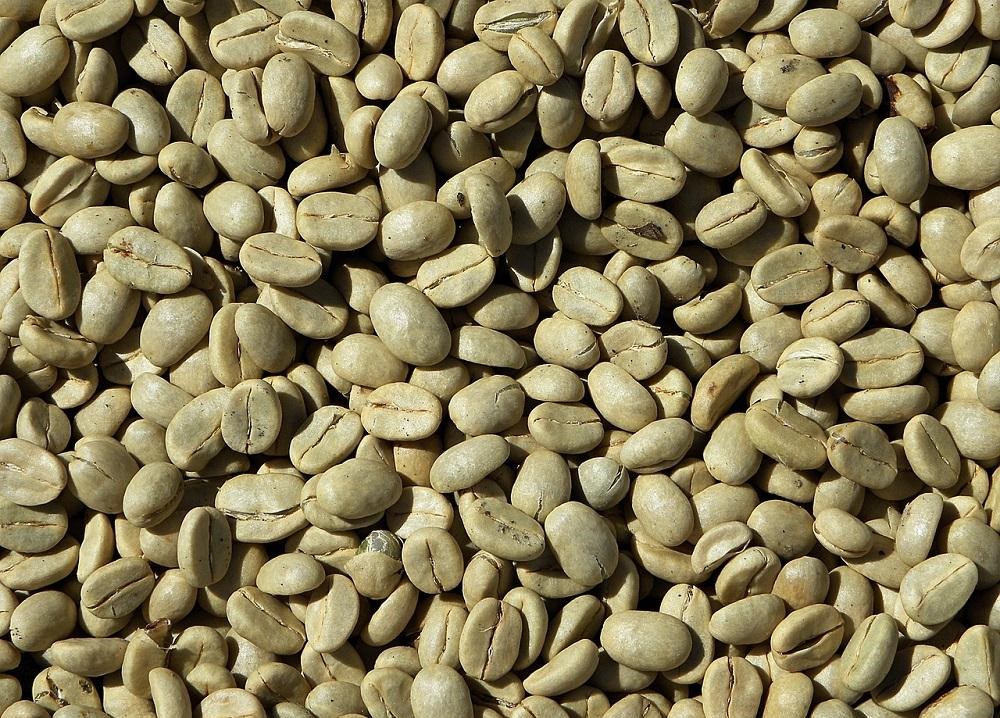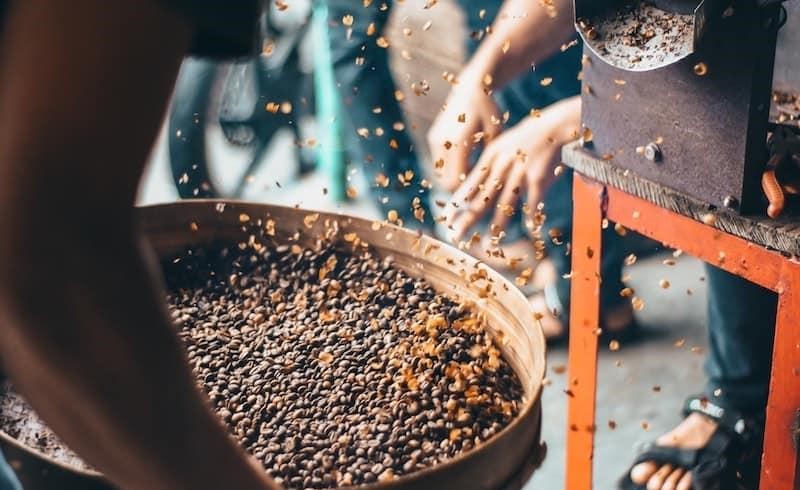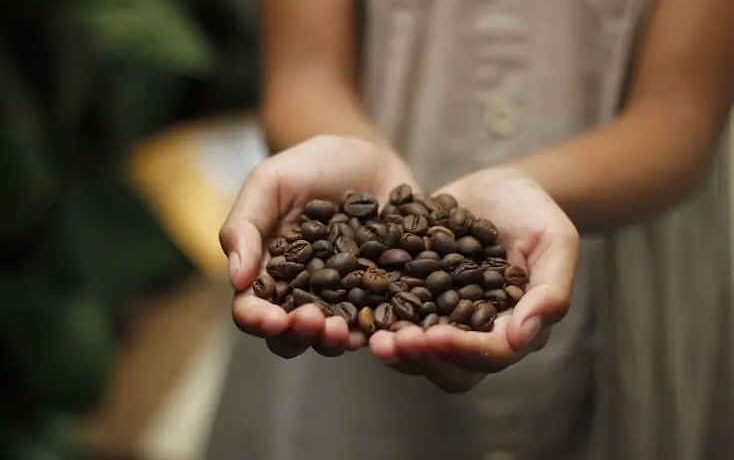Where Do Coffee Beans Come From? The Journey from Seed to Cup
From seed to cup, the journey of coffee as a crop is truly fascinating, with each step rich in culture and tradition. In the following sections, we’ll explore the origins of coffee, its cultivation process, how it is processed, and how what starts as something entirely different becomes the coffee beans we recognize. Let’s dive in step by step.
Where does coffee grow?
Coffee is cultivated in various countries and regions worldwide. According to Statista, the top five coffee-producing countries are Brazil, Vietnam, Colombia, Indonesia, and Ethiopia (in China, Yunnan province accounts for 99.22% of the nation’s coffee cultivation). These countries contribute to the majority of global coffee bean production, each offering beans with distinct flavor profiles. The global coffee-growing region is known as the Bean Belt or Coffee Belt, situated between the Tropic of Capricorn and the Tropic of Cancer.

How Do Coffee “Beans” Grow?
First things first: the term “coffee beans” is somewhat misleading because they are actually the seeds of the coffee fruit! These seeds develop from seedlings into a flowering coffee tree within about a year and start bearing fruit in approximately 3-4 years. The mature coffee cherries contain one or two seeds.
Fun Facts About Coffee Beans
A single coffee cherry is known as a peaberry, which after processing and roasting, typically imparts a very acidic and fruity flavor to brewed coffee.
Coffee trees naturally grow under the shade of other trees, which is quite unique among plants. They generally live for several decades and can often reach up to 40 years old. In recent times, due to limited space to meet increasing demand, farmers have begun growing coffee plants in direct sunlight out of necessity. This shift towards higher yields has led to lower production per plant and greater resource consumption.
Once the cherries are harvested from the coffee tree, processing begins.
How to Remove Pits from Cherries?
Processing coffee cherries involves several steps: removing the cherry’s outer shell or skin, taking out the pulp, and finally stripping away a thin protective layer from the seed (known as the silver skin). There are two main methods for this: wet processing and dry processing.
1.Processing
Wet processing entails removing the skin and pulp shortly after harvesting. The beans, still covered with their silver skins, are then laid out to dry under the sun.
Dry processing begins with drying—exactly as it sounds. Freshly harvested coffee cherries are spread out in the sun to dry with their shells and pulp intact. Once dried, these outer layers are removed to expose the seeds along with their silver skins.

2.Shelling
The last stage of processing is known as shelling, where the silver skin is removed. The outcome of this step is what we commonly recognize as coffee beans, although at this point they are still green, dense, hard, and have a grassy flavor!

3.Classification
Next, these green seeds are sorted by growers or buyers based on weight, density, size, or other criteria. They are packed into moisture-proof bags within burlap sacks and transported to their new homes where they will become familiar to us as coffee.
How do they transform into the brown beans we recognize and love? Hint: It’s all about the roasting process!
What is the roasting process like?
These raw coffee beans—also known as unroasted coffee beans—are then shipped to coffee roasters either through intermediaries or wholesalers or sold directly. Direct sales that bypass intermediaries and trade directly with local coffee farmers at fair prices are known as “Fair Trade” coffee. For more insights on Fair Trade, you can read “Sweat! The Truth of ‘Fair Trade’ in a Cup of Coffee.”
Once roasters receive the raw coffee beans, that’s when the real excitement starts! Roasters use large machines called coffee roasters to roast these raw beans. The roasting process involves stirring the raw beans in a large heated drum for a duration specified by the desired roasting profile and controlled by the roaster’s expertise.

In approximately 8-14 minutes, the beans transition from green to yellow, then from yellow to light brown, and finally from golden brown to dark brown for a deeper roast. The coffee beans are then removed from the mixer and rapidly cooled to halt the roasting process. This roasting transforms the beans into what we recognize as coffee: brown, aromatic, and delectable!
Conclusion
You’ve now learned about the journey of coffee from seed to cup! Coffee plays a significant role in our daily lives, making it fascinating to understand its production process. It all begins with the cherry seeds of the coffee tree. These seeds are then extracted, processed, sorted, and roasted to perfection. The coffee beans available in stores today likely come from trees that were planted decades ago! I bet you now have a newfound appreciation for your morning cup of coffee, right?
